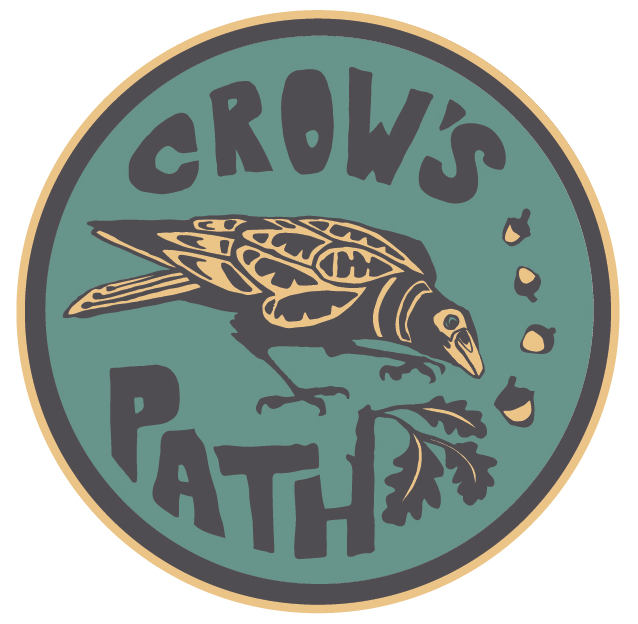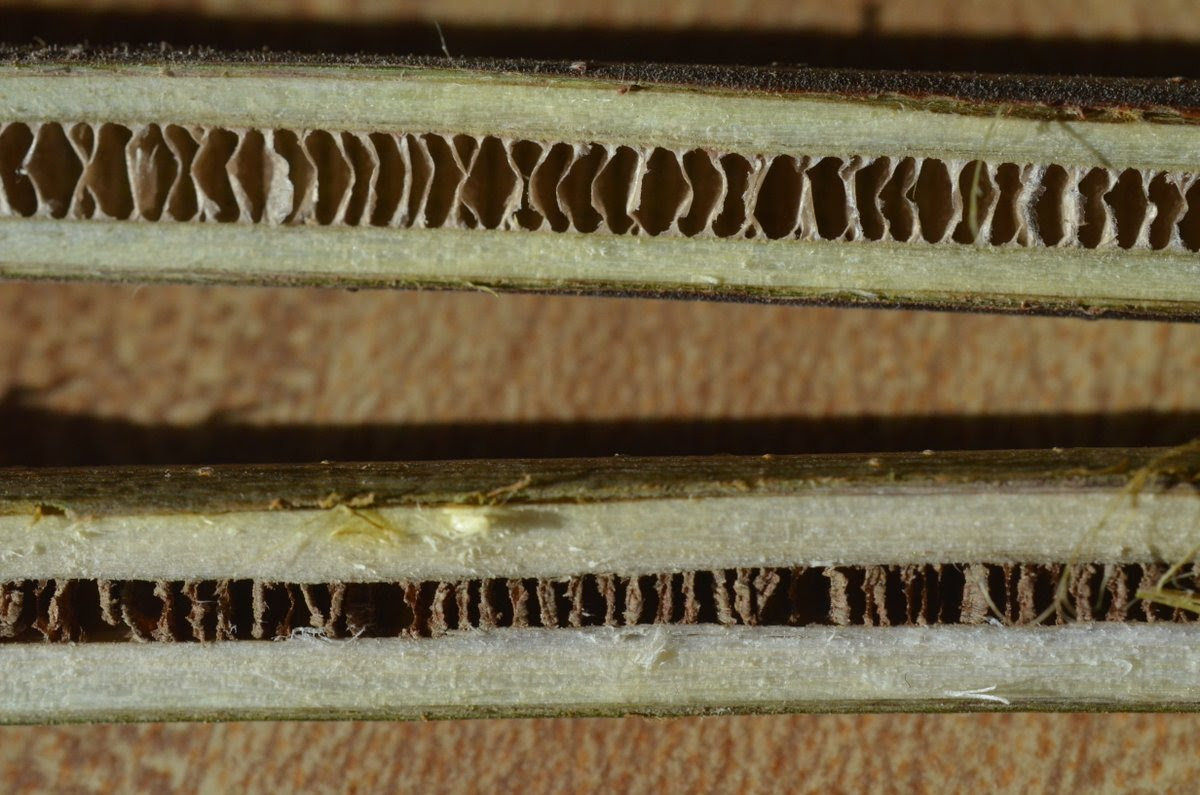The Wild Burlington Newsletter

Issue #2.03.f | More things to do with twigs
Alright, so now you’ve got some twigs adorning your counters and window sills (previous post), and you’re patiently waiting for them to start greening up (many of the ones I brought in have already burst!! but it may be 2-3 weeks for the ring porous ones, like walnut). Might as well use your time to get crafty and make some beads! I made a video of the process over a few days, starting with all that snow. Seems a world away with this warm weather.
~ Teage

A big thanks to Deborah R, our newest patron!
If you’re a fan of the newsletter and want to support the awesome work of Crow’s Path, please consider becoming a patron over at Patreon.com.

Activity #2: Making beads

When you were out collecting twigs to force buds, you may have noticed that some twigs were stout while some twigs were skinny. And maybe when you cut the twig you looked at the cut surface and noticed white or orange spongy stuff in the heart of the twig. The spongy stuff is pith, also called medulla (which means middle), and is essentially the undifferentiated, highly moldable ingredient of new growth in a twig. It also stores starches and water, but sadly as the twig ages, the pith’s utility dries up and the cells die leaving behind a spongy tube. Trees with compound leaves tend to have larger piths (though there are, of course, exceptions). Within the maples, for example, boxelder has the stoutest twigs and widest diameter of pith. It is also the only maple with compound leaves (boxelder is also called ash-leaf maple).

What you’ll need to make beads
Beads are really simple to make from twigs. You’ll need just a few supplies:
- Twigs
- Spongy pith: elderberry, sumac, boxelder, ash, mulberry
- Chambered pith: Walnut, butternut, kiwi
- Hollow pith: Non-native honeysuckles
- Scissors, knife, pruning or shears
- Box cutter (optional)
- Cordage material
- Natural: dogbane, cattail, milkweed, nettles, etc.
- Artificial: any ropey rope will do
I highly recommend experimenting with a bunch of different materials. I chose things with larger spongy or chambered pith because I could easily hollow those out with hawthorn or a twig, but if you have a drill or dremel handy, you can use almost anything. Take my list as a starting point, but whatever twigs are most available to you are always the easiest to use. You can also use non-woody plants, like horsetails, burdock, mullein, etc. Be creative!

Process: There’s really nothing magical about the process. The real magic is in learning about the plants that are your neighbors!
- Collect a variety of species to get a sense of the variety of pith textures, sizes, and colors
- Cut small sections of the twig
- Use hawthorn for smaller pith, use a stick or any other sturdy pokey thing to hollow out the pith
- Make cordage using a reverse wrap
- String your beads up
- Use a fisherman’s knot to secure the beads on your necklace
I made another video last week showing the process. Enjoy!
Instagram | Facebook | Website
View this email in your browser
Copyright © 2020 Phyllotaxy, All rights reserved.
Our mailing address is:
Phyllotaxy56 Latham CtBurlington, VT 05401-1522


